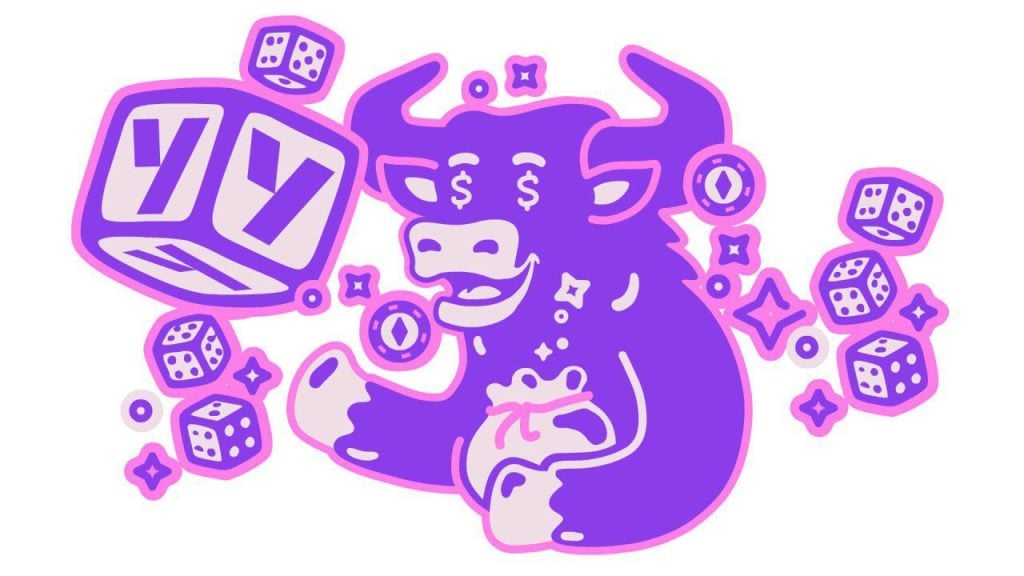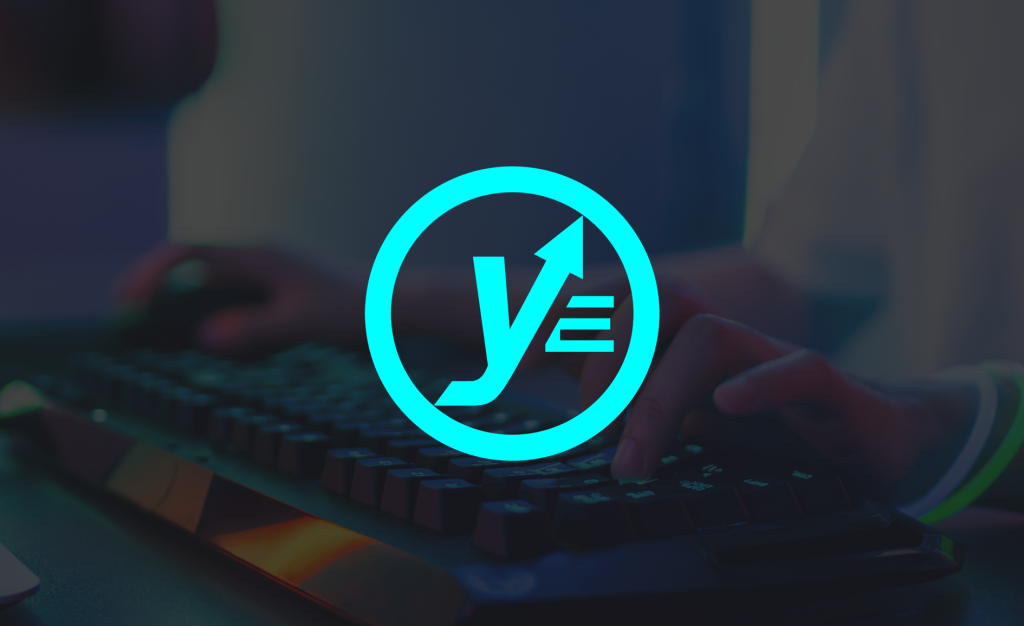Sebastian Quinn, Founder of Web3 esports engagement platform Yesports, writes for Esports Insider to discuss the transformative potential of blockchain-based prediction markets in the esports ecosystem.

Let’s cut through the noise. We’re always talking about the next big thing in esports. New games, fancy tournaments, AR this, VR that. But I’m here to tell you about something that’s going to shake things up in a way we haven’t seen before: Web3 prediction markets.
Now, I know what some of the readers might be thinking. “Prediction markets? Isn’t that just a fancy term for betting?” Well, yes and no. Sure, at its core, we’re talking about people putting money (or tokens) on the line based on what they think will happen.
But when powered by blockchain technology and integrated into the fabric of esports and gaming, prediction markets go far beyond just convincing people to buy some random token or bet their life savings on whether xXNoScope420Xx will land a headshot.
This is about fundamentally changing how we interact with esports. This is about transforming passive viewers into active participants. This is about creating new forms of content. And this is even about reshaping the financial landscape of the gaming world.
Where UGC meets prediction markets
We’ve all seen how user-generated content (UGC) has been a driving force in gaming for years. Platforms like Minecraft, Roblox have shown the incredible creativity and engagement that can be unlocked when you give players the tools to create their own experiences. Even the upcoming GTA 6 is jumping on the UGC bandwagon.
But what happens when we mash that creative freedom up with the economic incentives of prediction markets? Suddenly, every player with a wild idea becomes a potential market maker. It’s not just about predicting who’ll win the next big tournament. It’s about creating markets for the craziest, most specific in-game events you can think of.
Let’s imagine you’re watching your favorite Fortnite streamer — and they set up a challenge. “I bet I can get 10 kills in the next 5 minutes.” Boom – instant prediction market. Viewers can jump in, betting on whether the streamer will pull it off or fall short. As the game unfolds, the odds shift in real-time.
Or how about this: a Minecraft architect creates a market around whether they can build a to-scale replica of the Millennium Falcon before their stream ends. As the clock ticks down and the build progresses, viewers are on the edge of their seats, their predictions riding on every placed block.
This isn’t just idle speculation. It’s a whole new layer of engagement that turns passive viewers into active participants. The key here is that these markets aren’t limited to simple win/loss predictions. With the flexibility of UGC, we can create markets around virtually any in-game event or outcome.
This opens up a vast new space for engagement and interaction.

Rise of esports oracles
In the world of Web3 prediction markets, accuracy isn’t just about winning a bet – it’s about building a reputation. This is where the concept of ‘”esports oracles’” comes into play.
In traditional sports betting, your track record of accurate predictions might earn you some respect among your peers — but it doesn’t necessarily translate into any tangible benefits. In a Web3 ecosystem, however, we can create systems where your prediction accuracy directly impacts your influence and earning potential.
Here’s how it could work: Every time you participate in a prediction market, your accuracy is recorded on the blockchain. Over time, you build up a verifiable track record. As your accuracy improves, you could earn tokens that give you more voting power in future markets. You might gain access to exclusive markets or earn a larger share of the fees generated by markets you participate in.
This system creates a powerful incentive for participants to develop deep knowledge of the games, teams and players they’re predicting on. It rewards careful analysis and insight, rather than just luck. Over time, the most successful predictors could become influential figures in their own right, respected for their understanding of the esports landscape.
But this system also presents challenges. How do we prevent manipulation? What if a player or team tries to influence the outcome of a match to cash in on a prediction market? These are complex issues that will require careful consideration and robust safeguards.
One potential solution is to implement a time delay on high-stakes markets, similar to how traditional stock markets have circuit breakers to prevent extreme volatility. Another approach could be to limit the size of bets relative to the total market size, preventing any single actor from having too much influence.

Integrating esports with DeFi
When integrated with the broader decentraliszed finance (DeFi) ecosystem, Web3 prediction markets in esports open up entirely new financial possibilities.
What if your hot streak in predicting Dota 2 matches could become collateral for a loan? What if your rare Fortnite skin could be staked on a prediction about the next big esports tournament? We’re talking about creating an entire financial ecosystem built on gaming knowledge and skills. It’s like if Wall Street and Twitch had a lovechild — and that child was really into blockchain.
The DeFi world is already experimenting with all sorts of wild financial instruments. Why not ones based on esports predictions? Your understanding of game mechanics, player psychology and team dynamics could literally become a valuable asset.
One particularly innovative approach gaining traction is the concept of no-loss prediction markets. These platforms allow users to participate in prediction markets using only the interest generated from their staked collateral. Such a model significantly reduces risk for participants, as they can’t lose their initial stake.
Furthermore, consider the concept of using your prediction market performance as collateral in DeFi protocols. If you have a proven track record of accurate predictions, that becomes a valuable asset. You could potentially use this track record to access loans, earn yield, or participate in other financial products within the DeFi ecosystem.
This integration could work in reverse as well. Holders of gaming-related NFTs or tokens could stake them on prediction markets, adding another layer of utility to these digital assets. A rare in-game item could become not just a collectible — but a financial instrument that can be leveraged in prediction markets.
It creates a new financial layer on top of the gaming world, one where skill and knowledge in esports can translate directly into financial opportunities.

Esports 3.0
I’m not saying this is going to be easy. We’ve got hurdles to clear —- regulatory issues, concerns about fairness, the usual headaches that come with any new tech. But the potential here is too big to ignore.
For game devs, esports orgs and platforms, the writing is on the wall. Web3 prediction markets aren’t just coming; – they’re going to upend the whole esports ecosystem. Those who get ahead of this curve are going to be the ones shaping the future of how we interact with competitive gaming.
We’re entering an era where every viewer is a potential player in their own right —- not on the virtual battlefield, — but in the markets that surround it. It’s a future where your understanding of the game, your ability to read players and predict outcomes, becomes a skill as valuable as a lightning-fast trigger finger.
So buckle up. The esports world as we know it is could be about to get a lot more interesting. And a lot more unpredictable.


